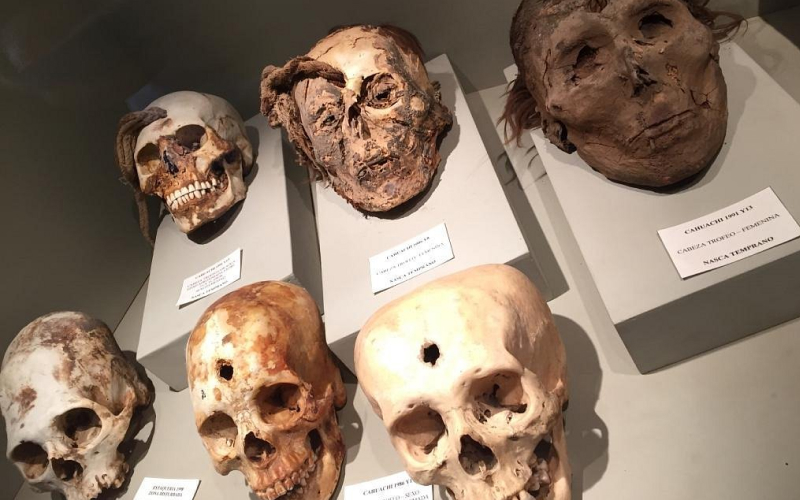What are the best tourist spots in Nazca?
Nazca Lines:
The Nazca Lines are the tourist gem of Nazca, evidenced by the more than 20,000 people who choose to fly over them each year. These mysterious figures etched into the ground are captivating not only for their cultural significance but also for the intriguing theories surrounding their origin.
The experience is intensified by taking an exciting plane flight over these lines, generating a unique adrenaline rush. Flying over one of the World Heritage Sites is an amazing opportunity.
Furthermore, it's an excellent opportunity to reinforce the importance and magic of one of Nazca's most important tourist attractions. The experience creates unforgettable memories and leaves visitors awestruck by the cultural and geoglyphic grandeur of the Nazca Lines.


Nazca Lines:
Another place to see in Nazca is the Usaka Dunes. They unfold like an impressive natural spectacle. These rolling dunes offer a vast landscape that invites adventure and the enjoyment of nature.
If you're a fan of extreme adventure, immerse yourself in the thrill of sandboarding, sliding down the crests of these majestic dunes. Sunset over the Usaka Dunes paints the desert in warm hues, creating a magical setting that envelops you in natural grandeur.
This unique corner of Nazca offers you the opportunity to connect with the vastness of the desert, exploring its nooks and crannies and creating unforgettable memories amidst the natural beauty that defines it.
Cahuachi Ceremonial Center:
The Cahuachi Ceremonial Center stands as a tangible link to the ritual practices of the Nazca culture. The ruins of this ceremonial site reveal the history of ancient ceremonies and traditions. Therefore, it is one of the best tourist attractions in Nazca that you shouldn't miss on your tour.
Strolling among the pyramids and plazas awakens a unique connection with the spiritual past of this civilization. The palpable energy at Cahuachi transcends time, inviting visitors to explore the depths of spirituality and understand the significance of this ceremonial site.
Cahuachi presents itself as a portal to ancestral history, where stones tell stories of ancient rituals and sacred architecture preserves the essence of Nazca culture.
The experience is intensified by taking an exciting plane flight over these lines, generating a unique adrenaline rush. Flying over one of the World Heritage Sites is an amazing opportunity.
Furthermore, it's an excellent opportunity to reinforce the importance and magic of one of Nazca's most important tourist attractions. The experience creates unforgettable memories and leaves visitors awestruck by the cultural and geoglyphic grandeur of the Nazca Lines.
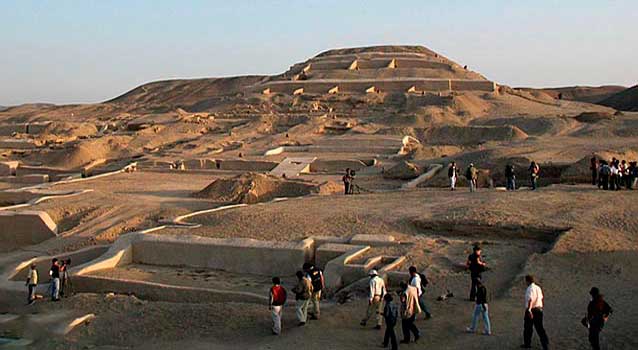
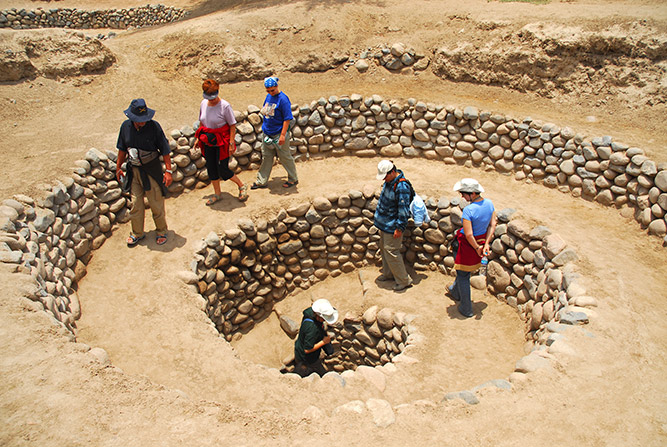
Cantalloc Aqueducts:
The Cantalloc Aqueducts are a series of underground irrigation systems located near Nazca, in southern Peru. These aqueducts are an impressive example of the hydraulic engineering of the Nazca culture, which flourished between 100 BC and 800 AD. The aqueducts were built to channel water from underground sources to agricultural areas, thus allowing for the irrigation of fields in an arid region.
The distinctive feature of the Cantalloc Aqueducts is their spiral design. The Nazca created these aqueducts using stone, wood, and other materials, forming spirals that allow access to groundwater and prevent sand and other sediments from entering the system.
Chauchilla Cemetery:
The Chauchilla Cemetery is one of Nazca's most interesting tourist attractions. It is an archaeological site located in the Nazca Desert, in southern Peru. This site is known for housing a large number of mummies and human remains belonging to the Nazca culture, which flourished between 100 BC and 800 AD.
The cemetery contains underground tombs that were used to bury the dead. The mummies at Chauchilla are notable for their excellent state of preservation due to the arid, dry desert conditions, which have helped preserve the human remains and funerary objects.
Some of the mummies at Chauchilla are adorned with textiles, ceramics, and other artifacts, providing valuable information about the funerary practices and culture of the Nazca civilization.
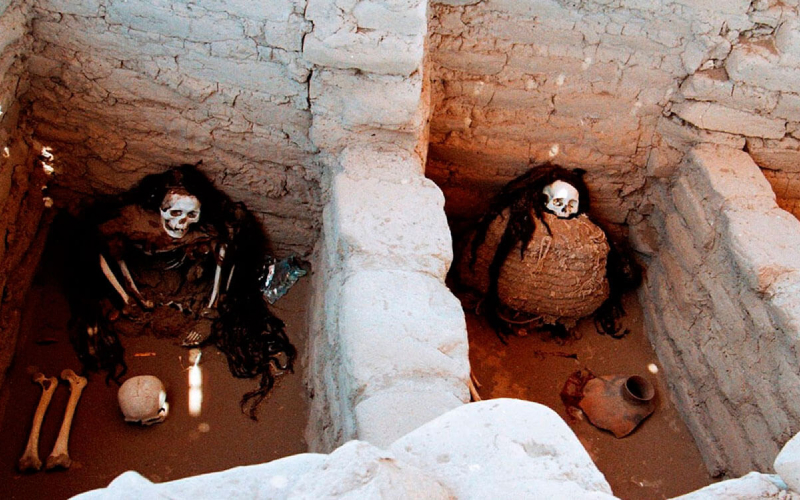
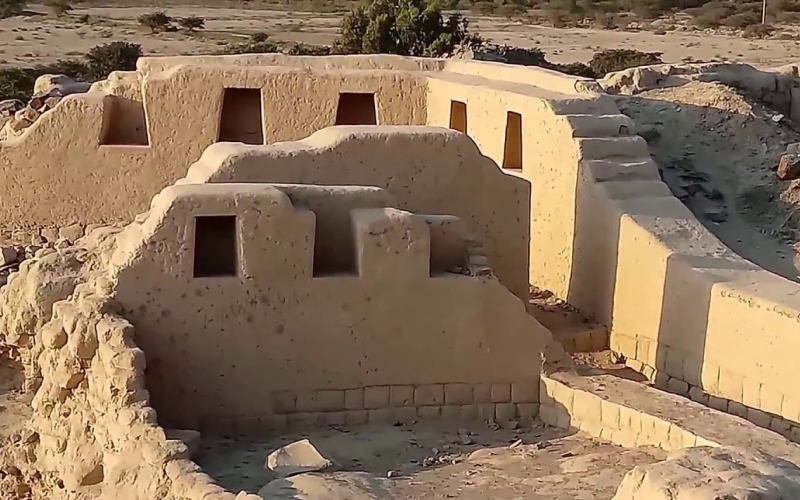
The Walls:
Los Paredones is another archaeological site located in the Nazca region of Peru. This site holds historical and cultural significance, as it was part of the Nazca civilization, which developed between 100 BC and 800 AD.
Los Paredones are architectural structures composed of adobe walls that served as enclosures and buildings. Although the exact function of Los Paredones is not entirely clear, it is believed that it may have been an administrative center, a ceremonial complex, or even a storage facility. The structures have withstood the test of time and are still visible today.
This archaeological site offers visitors the opportunity to explore ancient Nazca structures and gain a deeper insight into their way of life and architectural skills.
Antonini Archaeological Museum:
If you're passionate about archaeological history, this is one of the best tourist attractions in Nazca to visit. The Antonini Archaeological Museum houses a collection of artifacts and objects from excavations in the Nazca region, including items related to the famous Nazca Lines and the Nazca culture in general.
Visitors can find pottery, textiles, tools, and other artifacts that provide a detailed look into the life and culture of the ancient Nazca civilization. If you're interested in learning more about Nazca history and archaeology, visiting the Antonini Archaeological Museum can be an educational and enriching experience.
